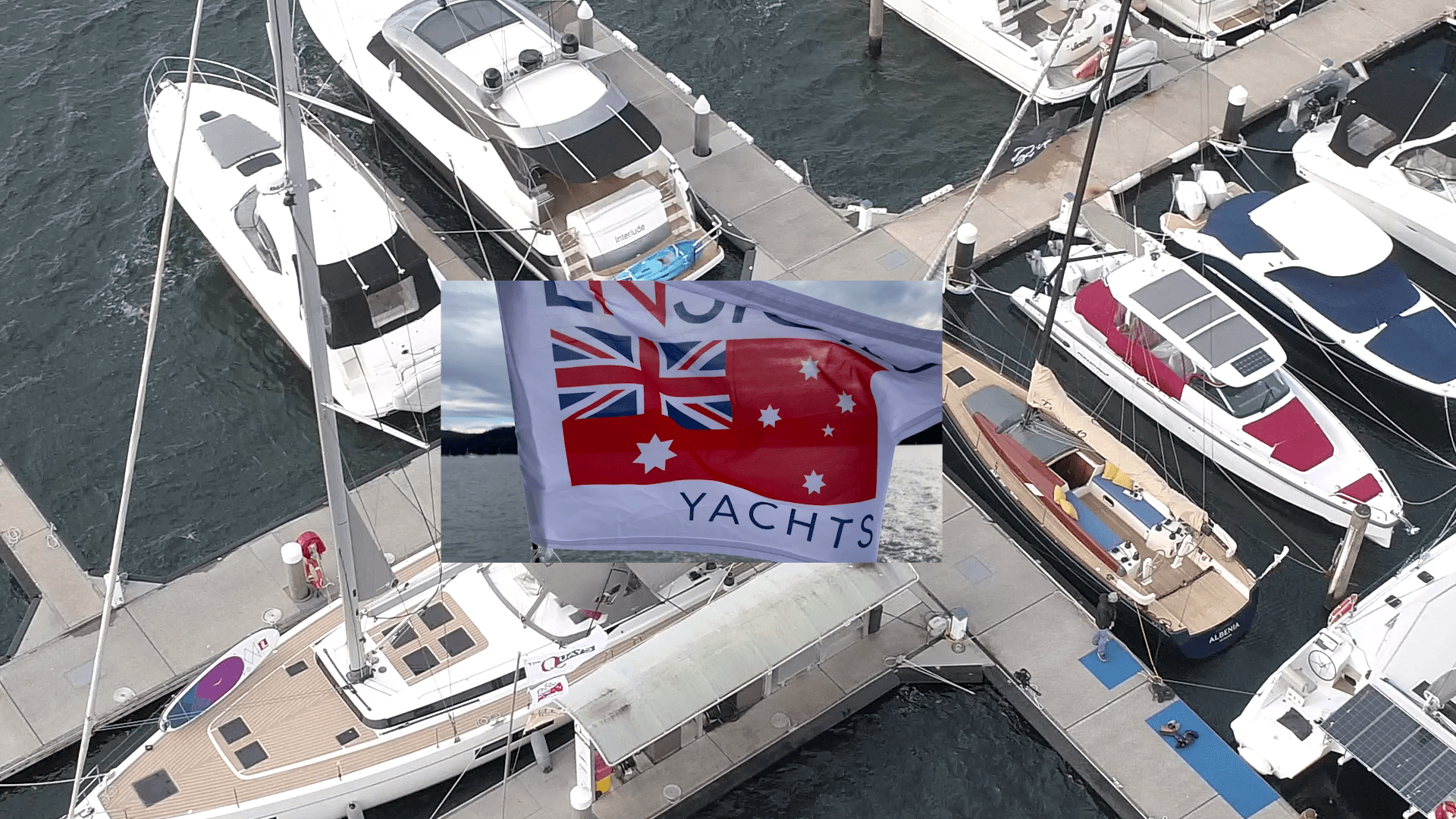- Locating and engaging a qualified marine surveyor
- There are many surveyors in the industry and all I've worked with are knowledgeable, professional, friendly, and approachable.
- They are your consultant for the boat you have an interest in, so it is highly recommended that you, as a purchaser, are present for the survey, so your surveyor can discuss items with you first hand. If you cannot be physically present, try to make yourself available over some form of video link for some of the survey so items can be pointed out to you.
- They will provide a comprehensive report on the overall condition of the boat, along with recommendations on any remedies required.
- Locating and booking a vessel haul out
- A critical part of a marine survey is the haul out for inspecting any underwater components.
- You'll need locate a haul out facility, then specify the weight, length, and type of vessel while making the booking. Not all haul out facilities can cater for all vessel types and weights.
- Ensuring the boat owners representative is present for the survey
- Either the boat owner or their representative needs to be present for the survey. This is often the broker as they have authority to act for the owner, make decisions about any work needed during the haul out such as a hull blast, and take control of the vessel into and out of any haul out cranes, along with moving the vessel to and from its normal berth or mooring place.
- No one else is authorised to move the vessel.
- Setting aside enough time for a complete survey
- Allow around a half day for the survey and don't be in a hurry to rush off to other appointments. A survey can sometimes take an unpredictable amount of time, especially when there's a queue for the haul out and you've been bumped to second place in the queue, or the hull of the vessel being surveyed needs substantial time to be properly cleaned so it can be inspected.
- Bring appropriate clothing and PPE
- During the winter months, an early morning survey is going to be a cold and damp experience. It's important you're comfortable as well as dry so bring something to wear that will allow you to stay dry if there's water spray about.
- Wear enclosed shoes so you can get access to discuss certain items of interest with your surveyor.
- Bring ear protection if you're planning for a full mechanical survey. The engine bay will be open for some of the sea trial and the sound shielding provided by ear protection will help with your comfort.
- From time to time, haul out facilities can get very busy. For this reason, some haul out facilities also require hi-vis clothing. I personally use a hi-vis vest that folds up into my pocket and gives me assurance that I'm going to be easily seen.
.jpeg?width=400&height=300&name=thumbnail_IMG_2562%20(1).jpeg)

After hull clean
If the hull is heavily encrusted, cleaning and blasting is unavoidable since the surveyor cannot perform their task completely without clear access to the items they need to check. Furthermore, since some antifoul may be removed during the hull cleaning and blasting process, so the shipyard will always ask permission to clean and water blast the hull prior to the inspection. Your broker will have obtained permission from the boat's owner and will be authorised to allow this to proceed.
The sea trial part of the survey will give some additional insight into the overall condition of the engines, along with the inspection of the engines by the mechanic. The surveyor will have information about how the particular make and model of vessel is supposed to perform, based on the manufacturers 'as new' specifications. With a clean hull, you'll head out for the sea trial and measure top speed, engine RPM, fuel usage at certain speeds, noting any vibrations to give a summary of the power train among other things. Obviously, this is unachievable without a clean hull.
Some mechanical surveyors may also offer to take oil samples and have these analysed to provide an even more detailed view of the state of the engines. Oil samples are analysed to take measurements of the types and prevalence of various metals in the oil. By analysing the metals with the type of engine, a determination of normal wear and tear versus abnormal can be made, along with where within the engine any abnormal wear is occurring.
In summary, the most important part of embarking on a marine survey is to ensure you are comfortable with your surveyor. They are your consultant in the pre-purchase process. As said previously, all the surveyors I've met during the surveys I've participated in have been great and have provided valuable information to their clients, not only about the particular vessel they are inspecting but also about the make and model in general. They will have a wealth of knowledge about how to maintain the vessel and can also provide some good opinions on improvements as well.
Once you've received your survey report, you'll be well informed about your intended purchase. You'll also have a valuable document as a reference for your boat, along with the required documentation to obtain marine insurance for the boat.

_16x9.png)


